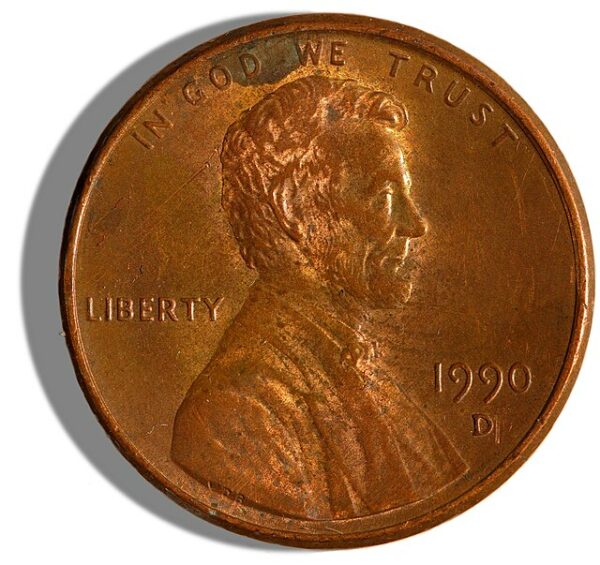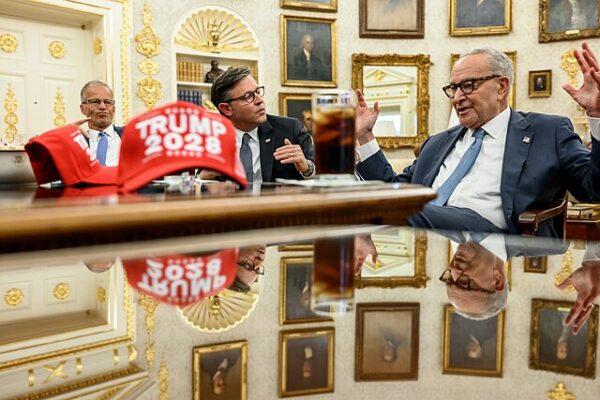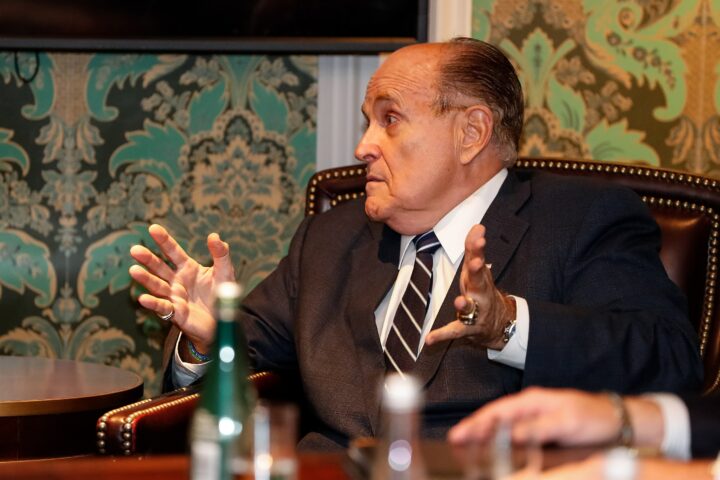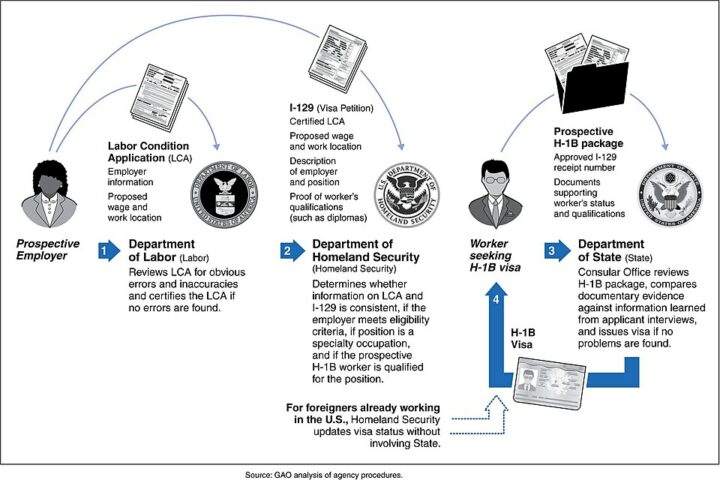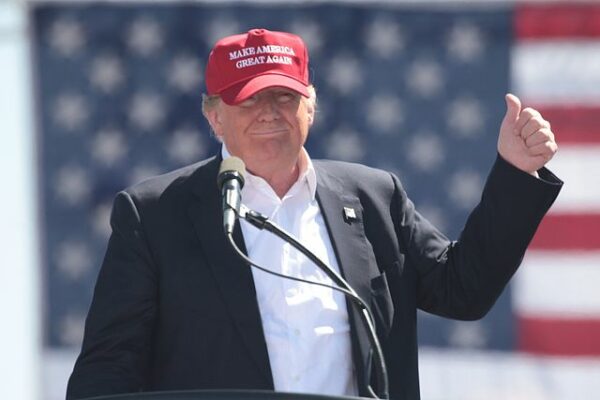The United States Mint pressed its final penny on Wednesday, closing the book on a 232-year chapter of American commerce and ending production of the 1-cent coin after decades of debate over its mounting cost. The ceremonial strike at the Mint’s Philadelphia facility marked a rare bipartisan moment for the Trump administration, which framed the decision as a straightforward act of fiscal housekeeping after years in which the penny cost more to produce than it was worth.
The last batch, distinguished by a small “Omega” mark, will not enter circulation. Instead, the coins were set aside for a future auction as officials, guests, and longtime Mint employees looked on, according to reports. It was an unusually reflective scene inside a building more accustomed to industrial routine. U.S. Treasurer Brandon Beach captured the mood with a blunt assessment of the policy at hand, saying, “God bless America, and we’re going to save the taxpayers $56 million.”
The move to eliminate the penny has long attracted support from across the political spectrum, even if no prior administration managed to see the effort through. Former President Barack Obama once called the idea a “good metaphor for some of the larger problems” dogging the nation’s economic decision-making. Congress toyed with the issue as early as 1989, when lawmakers proposed rounding all cash transactions to the nearest nickel—a plan that never gained traction. Later attempts came during Trump’s first term, when Senators John McCain of Arizona and Mike Enzi of Wyoming proposed a decade-long suspension of penny production. Their bill, too, died quietly.
The second Trump administration revived the issue with new urgency. The Department of Government Efficiency (DOGE) warned that rising material and labor costs had pushed annual penny losses into the tens of millions, with fiscal year 2024 proving particularly acute. Those mounting costs provided the final push. In February, President Trump publicly laid out his reasoning, declaring, “For far too long the United States has minted pennies which literally cost us more than 2 cents.” He added, “This is so wasteful! I have instructed my Secretary of the US Treasury to stop producing new pennies. Let’s rip the waste out of our great nations budget, even if it’s a penny at a time.”
The coin’s departure closes a symbolic arc. First struck in 1793 after passage of the Coinage Act, the penny quickly became a fixture of everyday American life—synonymous with penny candy, small indulgences, and a pre-inflation economy where a handful of cents could buy gum, a newspaper, or a postcard. Even the nickelodeon, a five-cent entry to early motion pictures, was rooted in that older monetary world where a penny still carried weight.
Those days have faded along with the coin’s relevance. The penny remains legal tender, but its practical utility has evaporated in an economy dominated by digital payments. Many Americans now encounter pennies mainly as clutter—tokens buried in junk drawers, jars, and childhood memories rather than tools of commerce.
By ending production, federal officials say the government can redirect millions toward more pressing needs.
[Read More: Venezuela Mobilizes Military To Prepare For Strikes]

